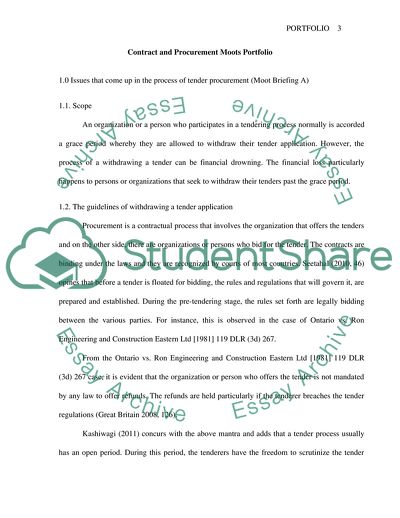Cite this document
(Contract and Procurement Moots Portfolio Essay Example | Topics and Well Written Essays - 2750 words, n.d.)
Contract and Procurement Moots Portfolio Essay Example | Topics and Well Written Essays - 2750 words. https://studentshare.org/law/1853665-contracts-procurement-moots-portfolio
Contract and Procurement Moots Portfolio Essay Example | Topics and Well Written Essays - 2750 words. https://studentshare.org/law/1853665-contracts-procurement-moots-portfolio
(Contract and Procurement Moots Portfolio Essay Example | Topics and Well Written Essays - 2750 Words)
Contract and Procurement Moots Portfolio Essay Example | Topics and Well Written Essays - 2750 Words. https://studentshare.org/law/1853665-contracts-procurement-moots-portfolio.
Contract and Procurement Moots Portfolio Essay Example | Topics and Well Written Essays - 2750 Words. https://studentshare.org/law/1853665-contracts-procurement-moots-portfolio.
“Contract and Procurement Moots Portfolio Essay Example | Topics and Well Written Essays - 2750 Words”. https://studentshare.org/law/1853665-contracts-procurement-moots-portfolio.


